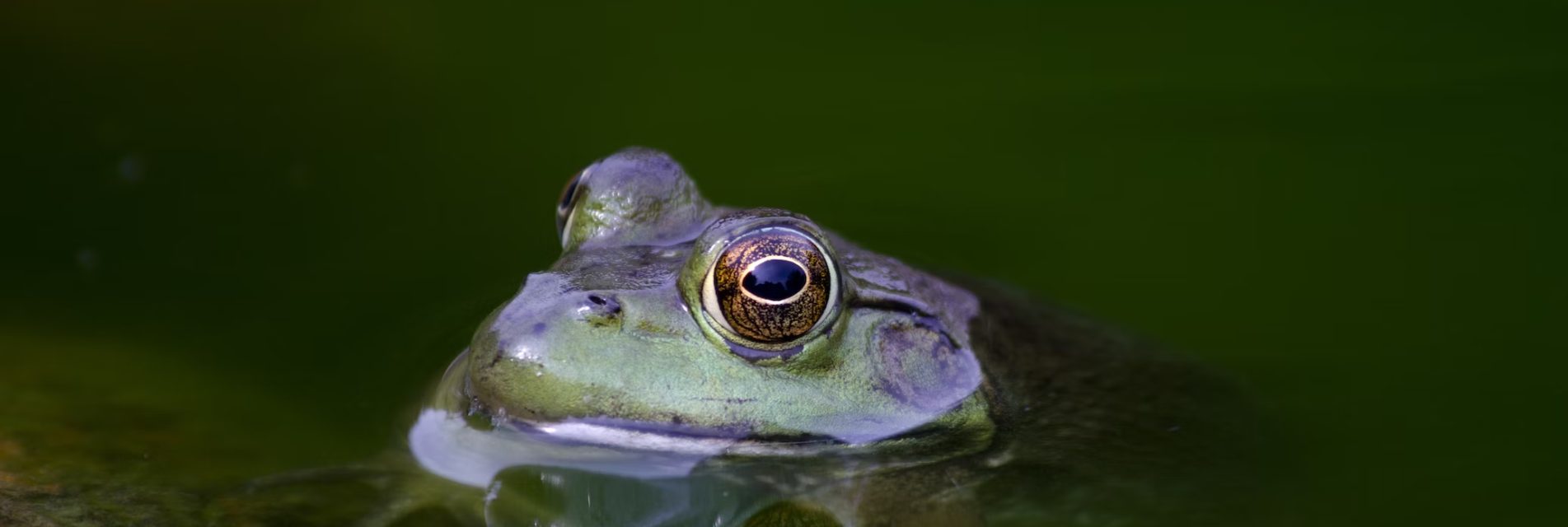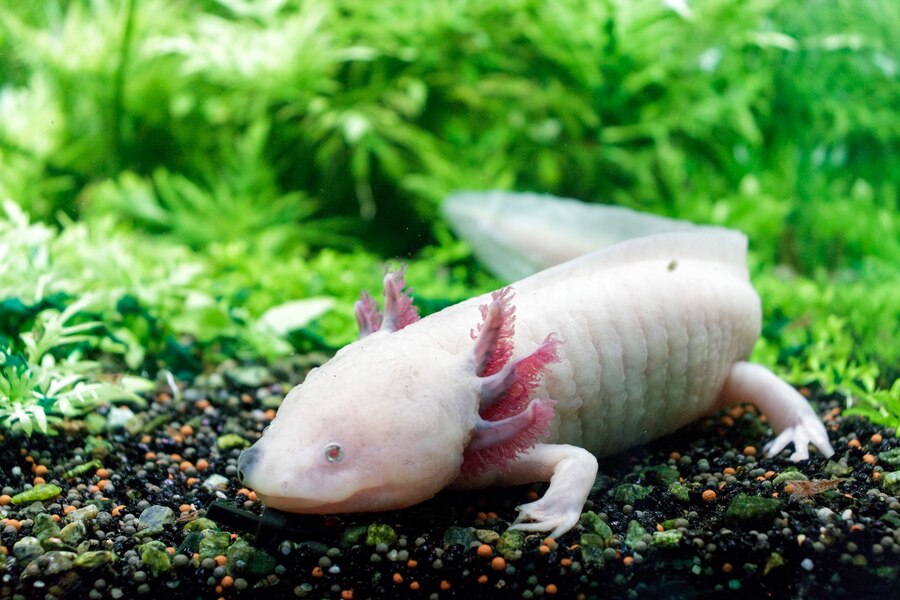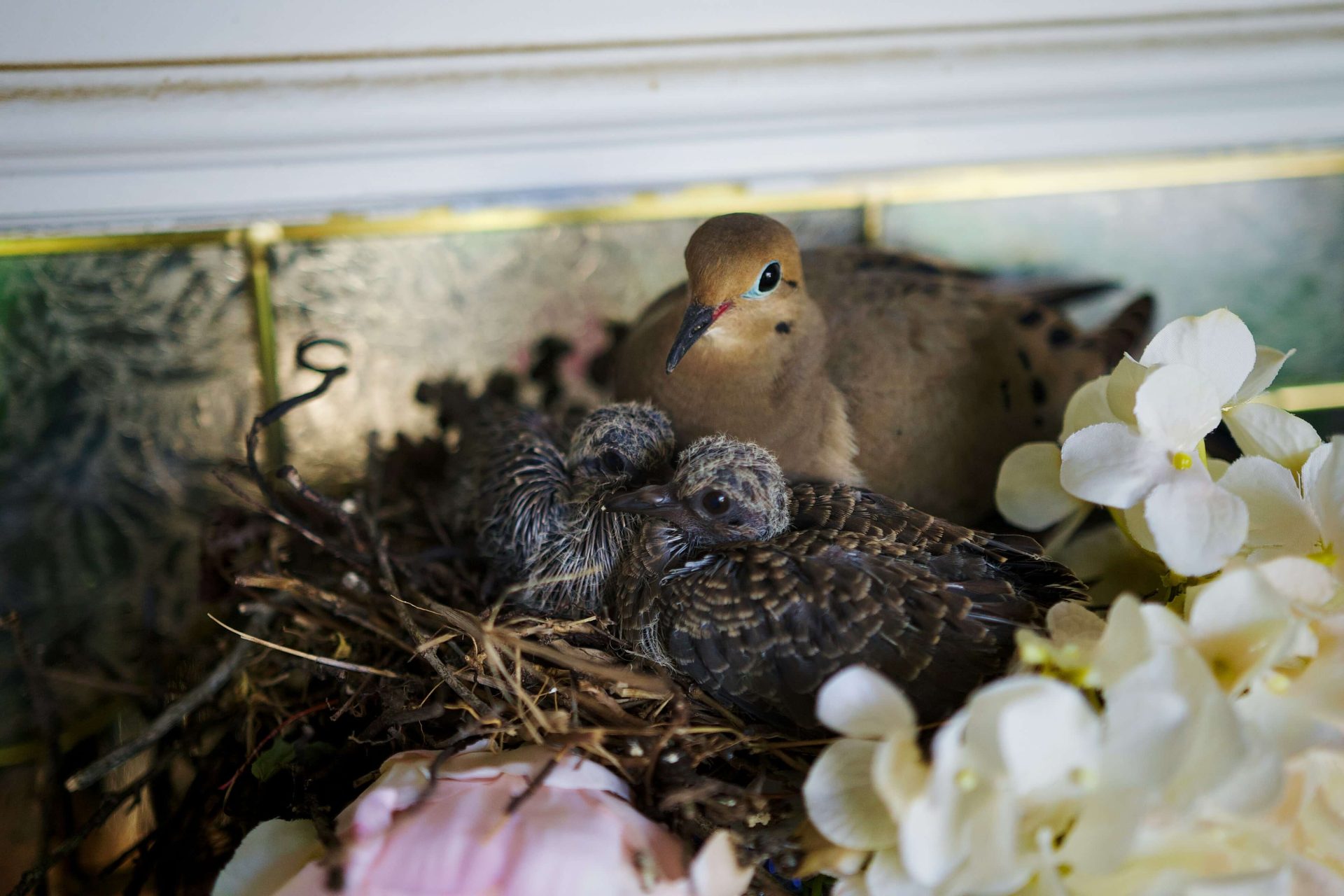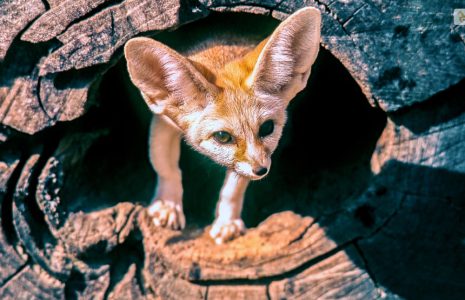Everything You Need to Know Before Getting Pacman Frogs as Pets


If you’re looking for a unique and fascinating pet, look no further than the Pacman frog. These captivating creatures, also known as horned frogs, are native to the rainforests of South America. With their round bodies, wide mouths, and vibrant colors, Pacman frogs will surely capture your attention and make a great addition to your home.
One of the most distinctive features of Pacman frogs is their large mouth, which looks similar to the popular video game character Pacman. These frogs earned their name due to their insatiable appetite and ability to swallow prey almost as big as themselves. Despite their voracious appetite, Pacman frogs are generally docile and easy to care for, making them an ideal pet for both experienced reptile owners and beginners.
Before bringing home a Pacman frog, it’s crucial to consider the commitment and responsibility that comes with owning one. These frogs have a lifespan of around 10 to 15 years, so be prepared for a long-term commitment. Additionally, Pacman frogs require a specialized environment and specific care to thrive, so it’s important to educate yourself on their needs before making a decision.
Important Facts About Pacman Frogs
Pacman frogs, also known as horned frogs or South American horned frogs, are popular exotic pets known for their unique appearance and behavior.
But before getting a Pacman frog as a pet, there are several important things you should know:
1. Size and Lifespan:
Pacman frogs are relatively large frogs, with adult females reaching sizes of 4 to 7 inches in diameter, while males are slightly smaller. They have a lifespan of around 6 to 10 years in captivity, although some may live longer with proper care.
2. Habitat:
Pacman frogs are native to the tropical rainforests of South America. In captivity, they require a suitable habitat that mimics their natural environment. A spacious terrarium with a secure lid is needed, as these frogs are excellent escape artists. The terrarium should have a substrate (such as coconut fiber or moss), hiding places (such as plants, logs, or caves), and a shallow water dish for soaking.
3. Temperature and Humidity:
Pacman frogs are ectothermic, which means they rely on external heat sources to regulate their body temperature. The temperature in their enclosure should be maintained between 75 to 85°F (24 to 29°C) during the day and can drop slightly at night. Providing a temperature gradient within the enclosure allows the frog to move to warmer or cooler areas as needed. The humidity level should be kept high, around 50% to 80%, by misting the enclosure with water regularly.
4. Feeding:
Pacman frogs are opportunistic feeders and have a voracious appetite. Their diet primarily consists of live prey, such as crickets, mealworms, roaches, and small mice (for larger individuals). It’s important to provide appropriately sized prey items that are smaller than the width of the frog’s mouth to prevent choking. Feeding should be done in a separate container to avoid accidental ingestion of the substrate.
5. Handling:
Pacman frogs are not recommended as handling pets. They have a strong bite and can secrete a toxic substance from their skin when stressed. Additionally, their skin is sensitive and can be easily damaged by rough handling. It’s best to observe and appreciate them from outside the enclosure.
6. Maintenance:
Regular maintenance of the enclosure is essential to keep your Pacman frog healthy. This includes cleaning the water dish, removing uneaten food, and spot-cleaning the substrate. The entire enclosure should be thoroughly cleaned and disinfected periodically to prevent the buildup of bacteria or fungi.
7. Health Concerns:
Pacman frogs are generally hardy, but they can be susceptible to certain health issues. Some common problems include skin infections, respiratory infections, and parasitic infestations. It’s important to monitor their behavior, appetite, and overall appearance regularly. If you notice any signs of illness, it’s best to consult a veterinarian experienced in reptile and amphibian care.
8. Legal Considerations:
Before acquiring a Pacman frog, be aware of the legal regulations concerning their ownership in your area. Some jurisdictions may require permits or have restrictions on keeping certain species of frogs as pets.
How To Set Up The Cage Of A Pacman Frog
Setting up the cage, or terrarium, for a Pacman frog requires careful consideration of their specific needs. Here’s a step-by-step guide on how to set up the cage of a Pacman frog:
1. Choose the Right Size Terrarium:
Pacman frogs require a spacious enclosure as they are relatively large frogs. A 10-gallon tank is the minimum recommended size for one adult. However, a larger tank, such as a 20-gallon long or larger, will provide more room for the frog to move and explore.
2. Select a Secure Lid:
Pacman frogs are excellent escape artists, so it’s crucial to have a secure lid that prevents them from getting out. A screen lid or a well-fitting, ventilated lid is ideal to allow for proper airflow.
3. Substrate:
Select an appropriate substrate for the bottom of the tank. Coconut fiber, sphagnum moss, or a mixture of the two are commonly used substrates. These substrates help maintain humidity and provide a soft surface for the frog to burrow into.
4. Hiding Places:
Pacman frogs are burrowers and require hiding places to feel secure. You can create hiding spots using various objects such as cork bark, PVC pipes, or artificial plants. Ensure that the hiding places are stable and won’t collapse on the frog.
5. Water Dish:
Provide a shallow water dish that is large enough for the frog to soak in. Pacman frogs need access to clean water for hydration and soaking. The dish should be secure and shallow to prevent the frog from drowning.
6. Temperature and Lighting:
Pacman frogs require a temperature gradient in their enclosure. Place a heat source, such as an under-tank heater or a heat lamp, at one end of the tank to create a warm area with a temperature range of 75 to 85°F (24 to 29°C). The other end of the tank should be slightly cooler. Use a thermostat to regulate the temperature and prevent overheating.
7. Humidity:
Pacman frogs require high humidity levels to mimic their natural rainforest habitat. Maintain humidity levels between 50% to 80% by misting the enclosure with water daily. You can also use a hygrometer to monitor humidity levels accurately.
8. Decorations:
Enhance the terrarium with natural or artificial plants and branches to create a more visually appealing environment. Ensure that any decorations or plants are non-toxic and safe for the frog.
9. Cleaning and Maintenance:
Regularly clean the water dish and remove any uneaten food to prevent contamination. Spot-clean the substrate as needed to remove waste. Perform a thorough cleaning of the entire enclosure every few weeks, replacing the substrate and disinfecting the tank and decorations.
10. Monitoring:
Observe your Pacman frog regularly to ensure it is active, eating well, and displaying normal behavior. Monitor temperature, humidity, and any signs of illness or stress. Seek veterinary care if you notice any health concerns.
Remember to research and understand the specific needs of your Pacman frog species, as care requirements may vary slightly. Providing a suitable and well-maintained habitat will contribute to the overall health and well-being of your Pacman frog.








All Comments
Felipe Parker
17 February, 2024
I appreciate your creativity and the effort you put into every post. Keep up the great work!
Reply